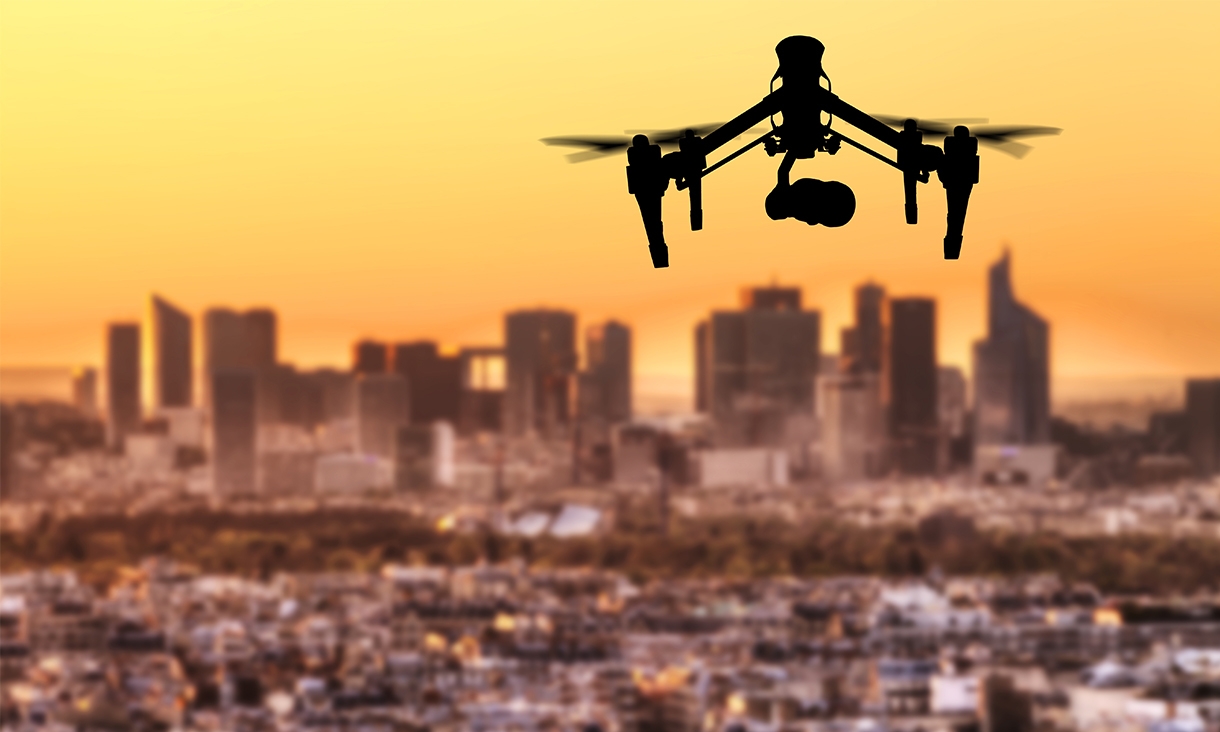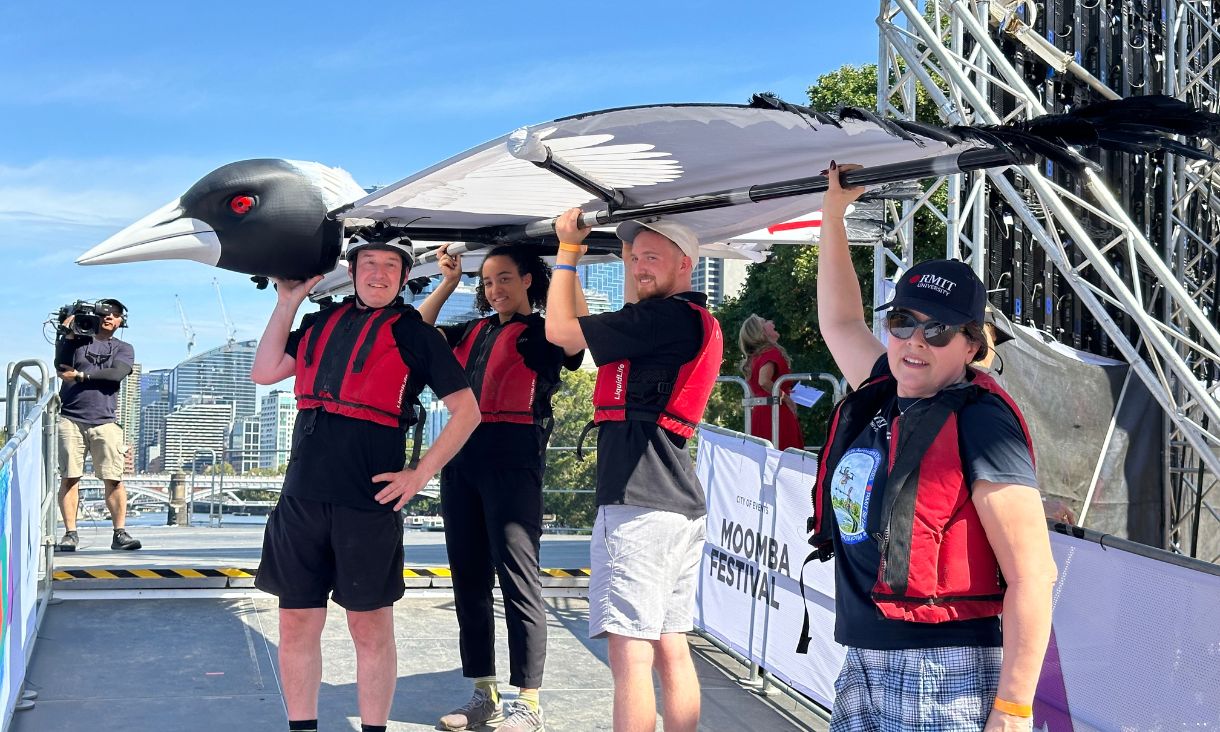Ultrasound can help make 3D-printed alloys stronger
Researchers have used sound vibrations to shake metal alloy grains into tighter formation during 3D printing.
Successful trials show way forward to making quieter drone propellers
Researchers have published a study revealing their successful approach to designing much quieter propellers.
Successful engine test brings Australian space launch capability a step closer
An Australian research consortium has successfully tested a next generation propulsion system that could enable high-speed flight and space launch services.
Students’ giant magpie glider helps British Consul-General take flight at Moomba Birdman Rally
RMIT students designed and built a glider resembling a giant magpie, which carried the British Consul-General for Victoria above the Yarra River as part of the 2024 Moomba Birdman Rally on Sunday 10 March.






